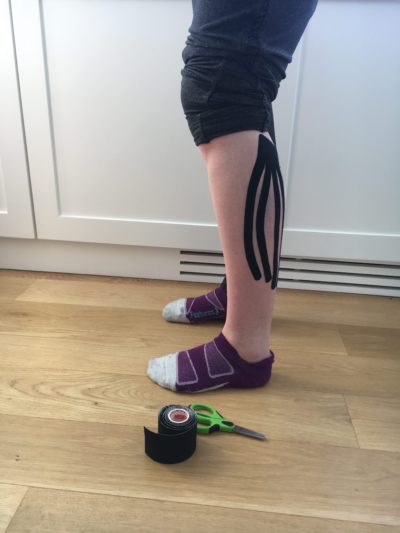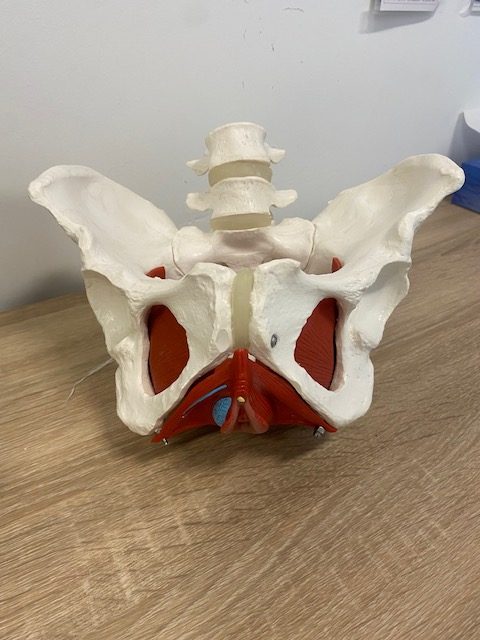All backed up: constipation

The ice cream pooping unicorn ads make light of a very common health burden: constipation. It affects 1 in 4 people. Pooping is a basic human need but many people don’t know how to poop properly. It can consume a persons day and run up a fairly hefty medical bill. Many people are embarrassed to talk about it or think it’s normal to strain during bowel movements.
Constipation can have several causes. Pelvic floor physical therapy treatment concerns primary or functional constipation. Functional constipation involves dysfunction of the muscles or nerves which control defecation (neuromuscular dysfunction).
Problems arise if there’s uncoordinated relaxation of the pelvic floor muscles as fecal matter is pushed through the rectum. This is termed dyssynergic defecation. As a result the stool remains in the rectum. The rectum can become over stretched and less sensitive. This leads to a person not realizing when they should defecate and needing to defecate a more built up amount of stool.
Another source can be if the stool takes too long to travel through the colon. The smooth muscle of the large intestine or the nerves that supply it are compromised. Dyssynergic defecation can also alter the colon transit time.
Weakness of the pelvic floor muscles is another cause of functional constipation. This can lead to longtime straining and rectal prolapse. The rectum drops into the anal canal causing a sensation of incomplete defecation. A person can feel like they have stool left in the rectum leading to more straining, further prolapse and further pelvic floor weakness.
Treatment for constipation involves pelvic floor physical therapy. The focus of treatment is to restore neuromuscular control. Other treatment includes biofeedback to improve relaxation of the pelvic floor, use of modalities like interferential electrical stimulation, and use of rectal expulsion balloons. The balloons are used to re-train rectal sensations and teach people to realize when they can defecate effectively with a smaller stool. Patient education is critical and involves things like teaching proper ergonomics of defecation resembling more of a squat position.
References:
1. https://www.cghjournal.org/article/S1542-3565(10)00601-4/pdf
2. https://www.ncbi.nlm.nih.gov/pmc/articles/PMC3017974/
3. https://www.ncbi.nlm.nih.gov/pmc/articles/PMC5753900/
Author: Irene Hernandez, DPT
Editing: Keely Faridi, PT







